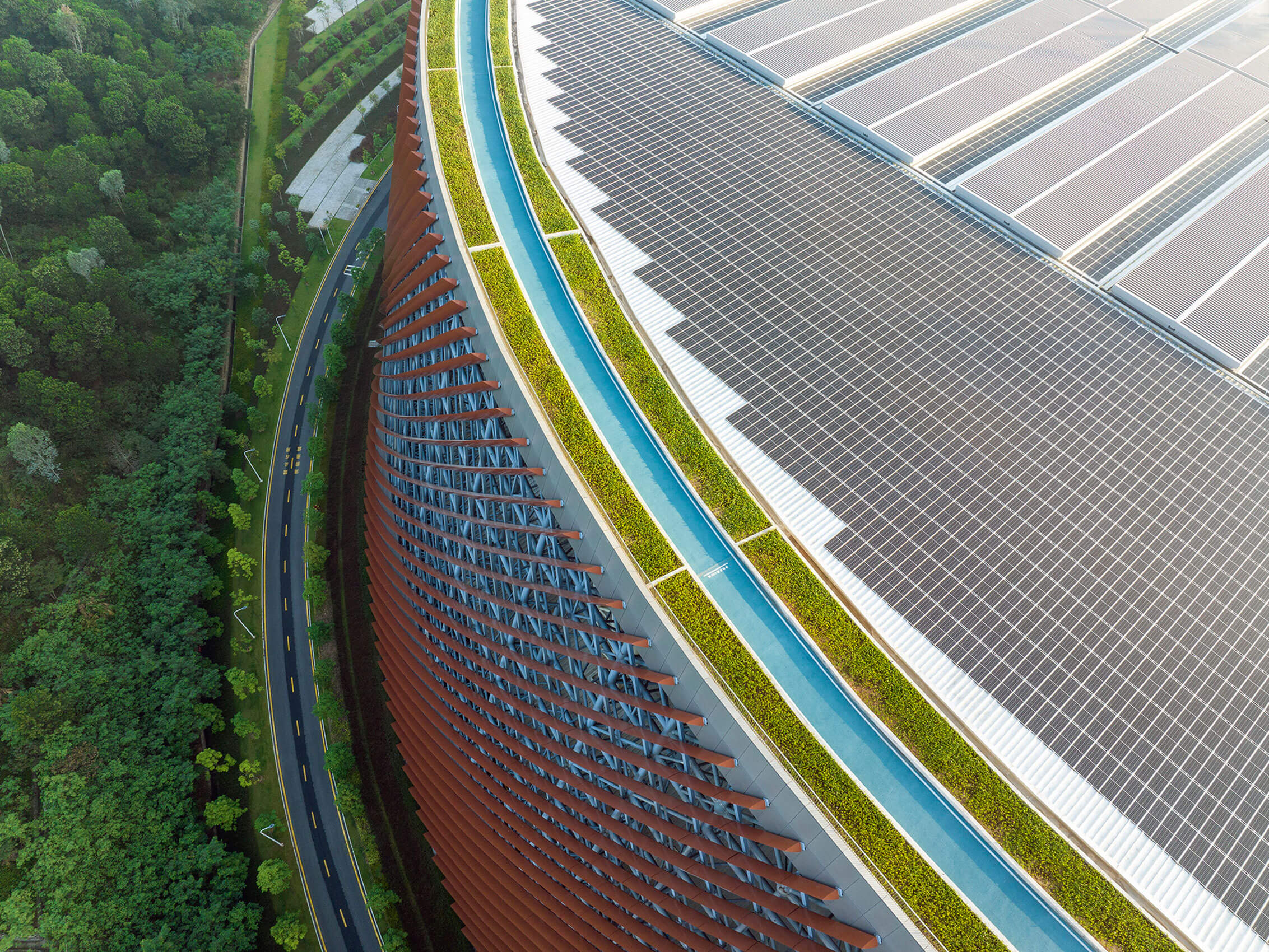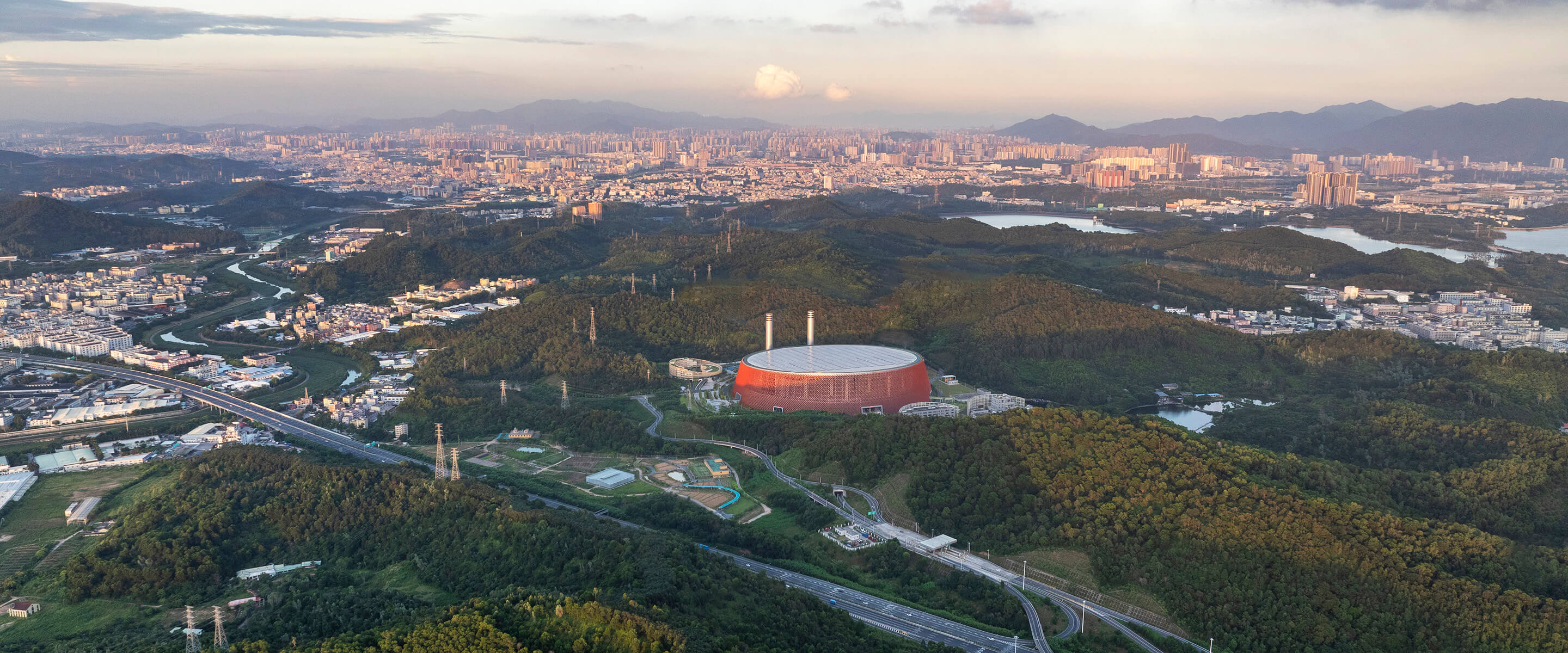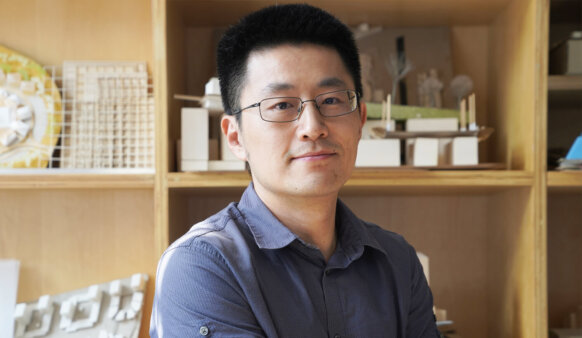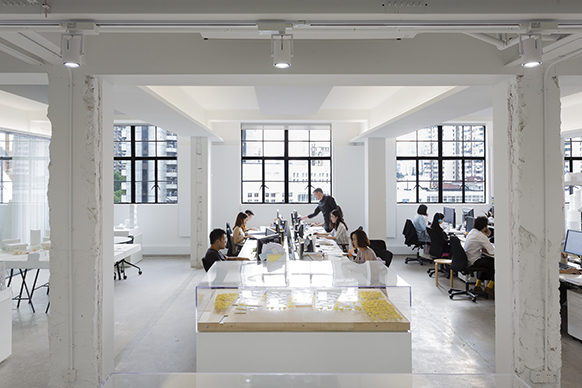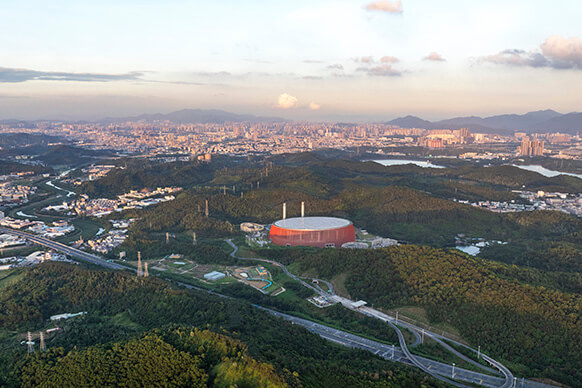
Usina de energia waste-to-Energy do leste de Shenzhen, Shenzhen, China
Desenhado por Schmidt Hammer Lassen
Pensamento dianteiro
Desde o início, o objetivo de Schmidt Hammer Lassen (trabalhando com Gottlieb Paludan) foi projetar um desperdício para a usina de energia que é simples, limpo, icônico e um indicador merecido dos desenvolvimentos de pensamento para a frente que estão sendo feitas dentro do setor de desperdício de energia em China, e como este pode ser retratado não somente aos residentes circunvizinhos de Shenzhen mas ao mundo.
Ao projetar uma forma circular limpa, a pegada da planta é controlada e reduz a quantidade de escavação necessária para construir no local. Quando completar a usina de desperdício de energia será a maior de seu tipo no mundo.
A fábrica irá incinerar 5.000 toneladas de resíduos por dia, gerando 550 milhões kWh a cada ano.
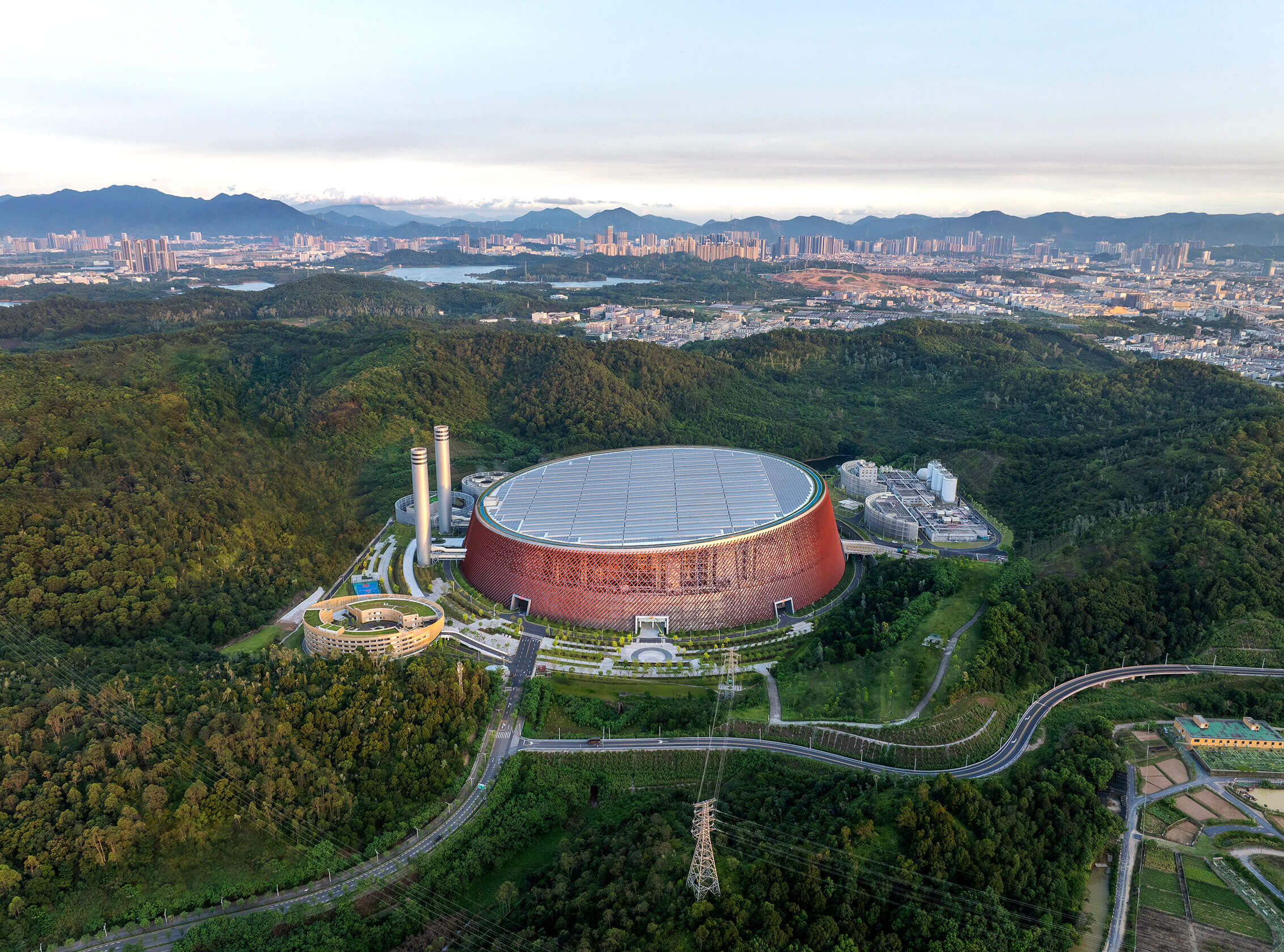
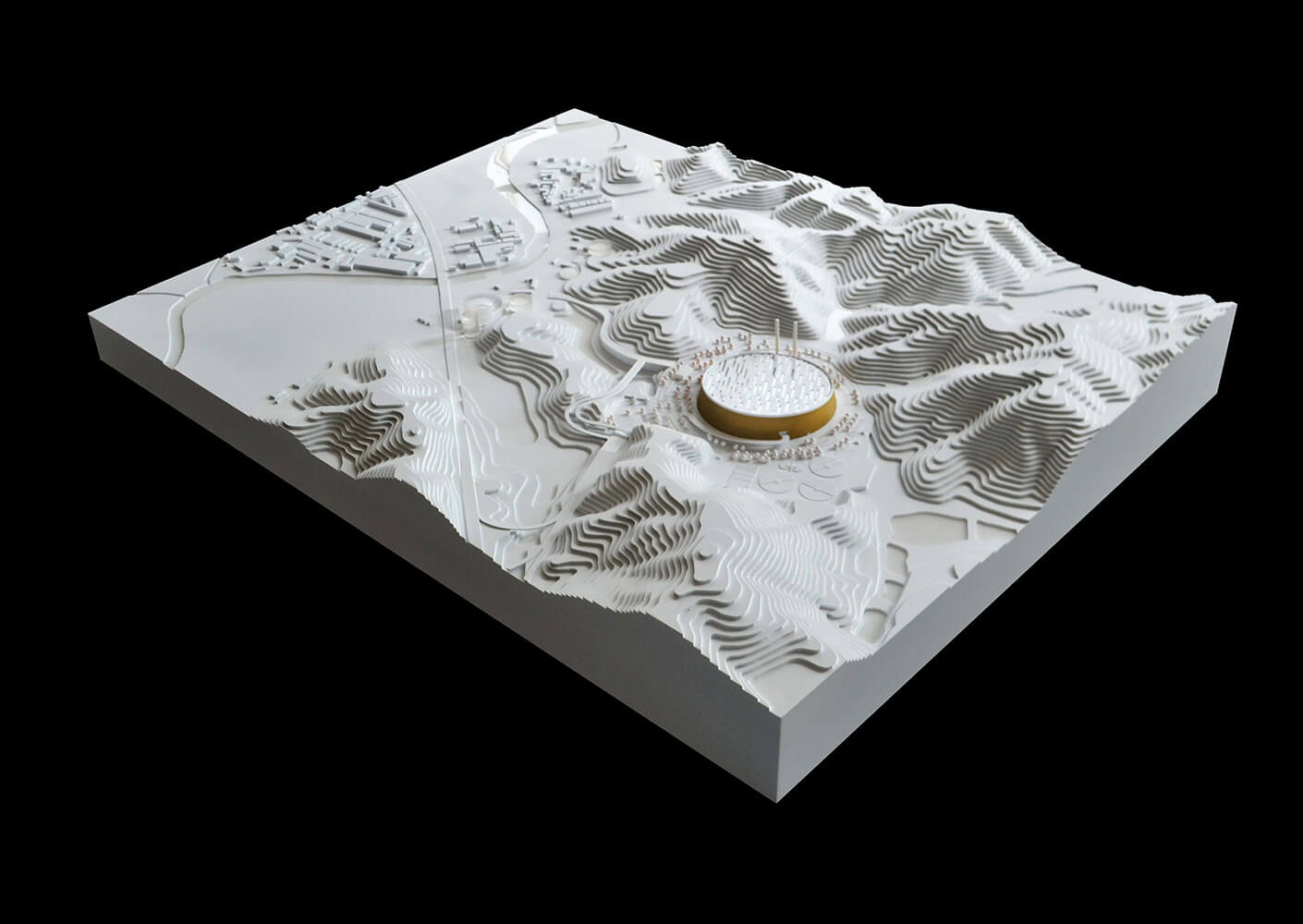
O maior desperdício do mundo para usina de energia, combinado com educação, exposições e instalações de pesquisa.
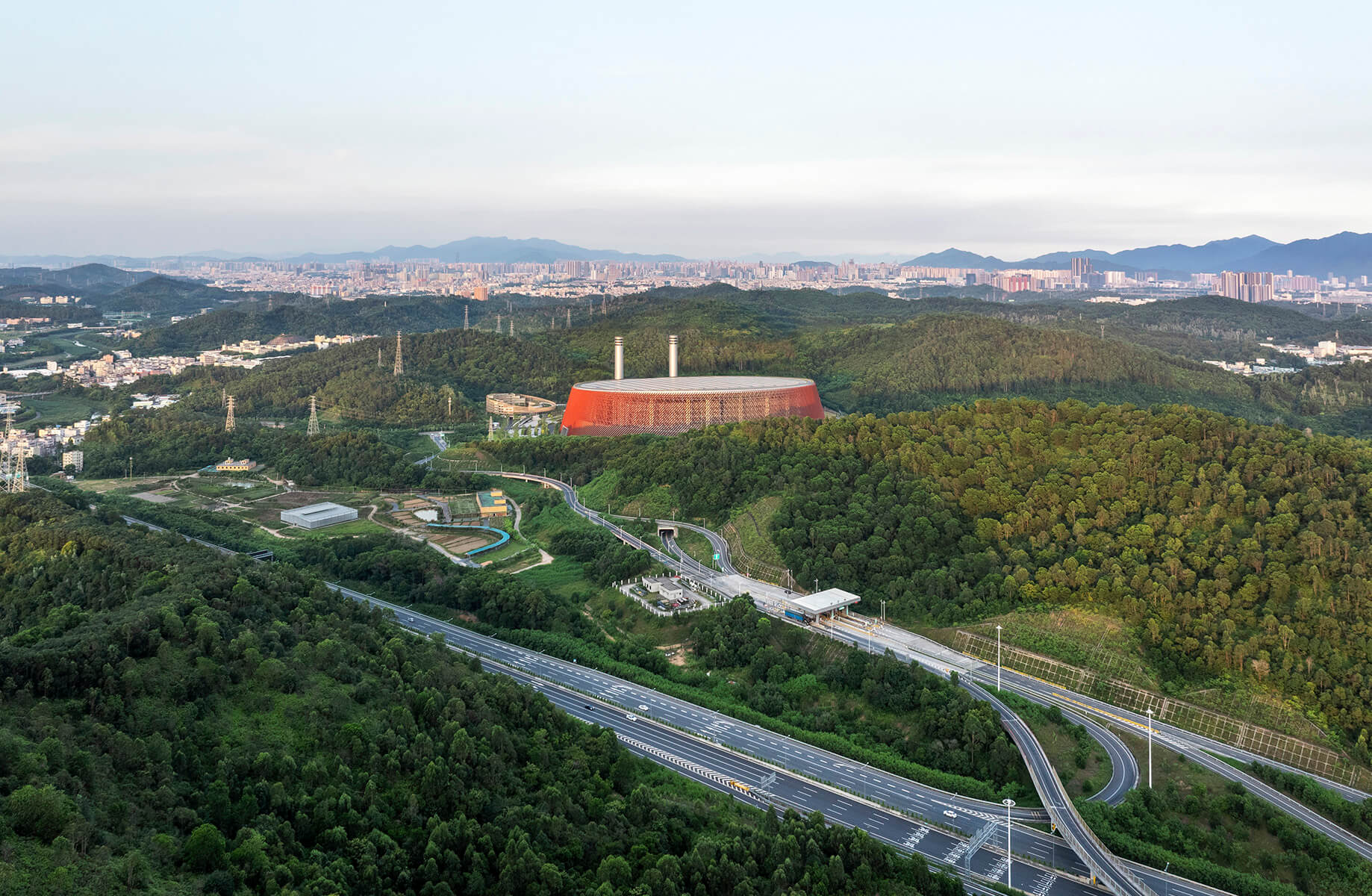

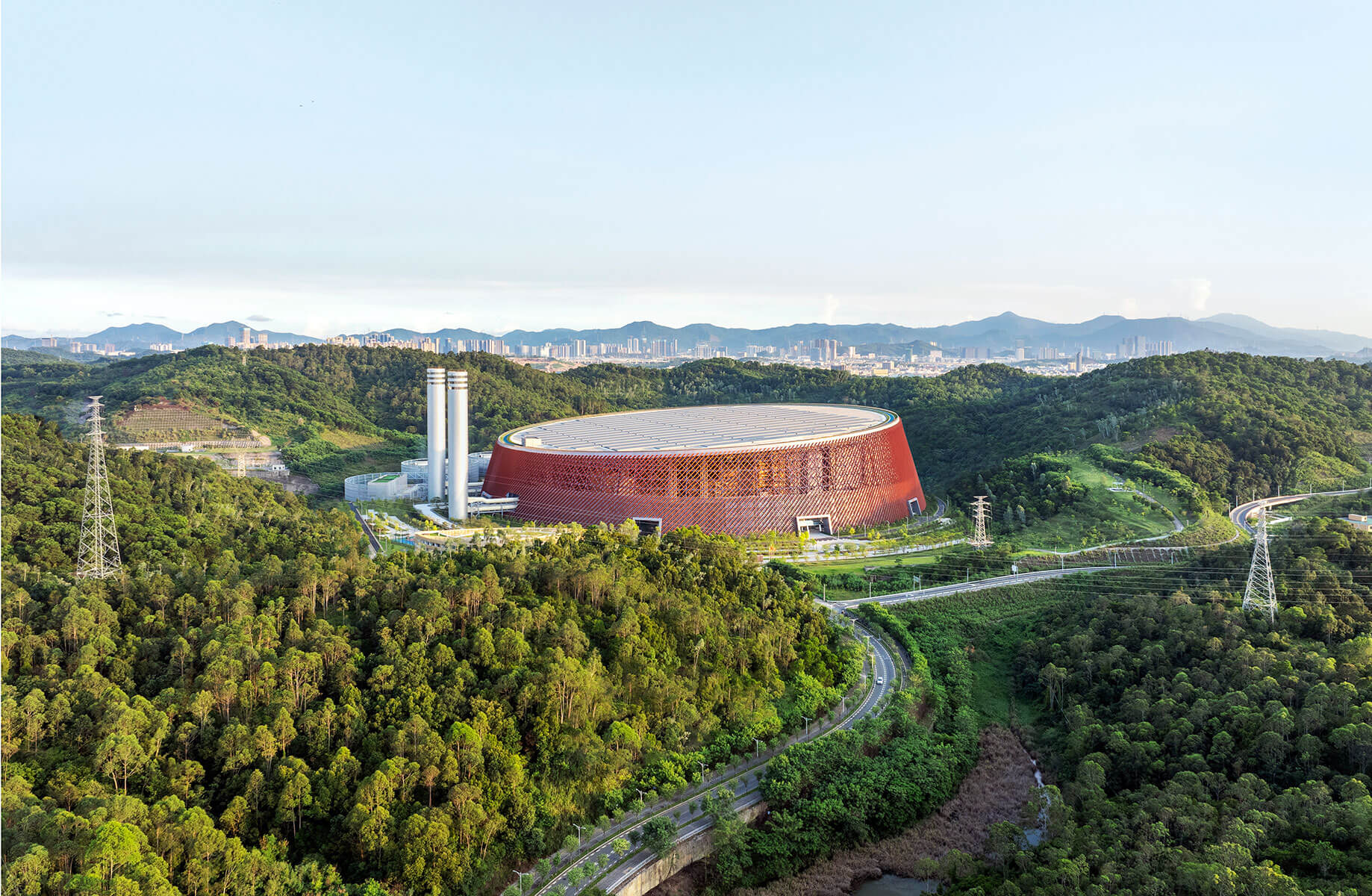
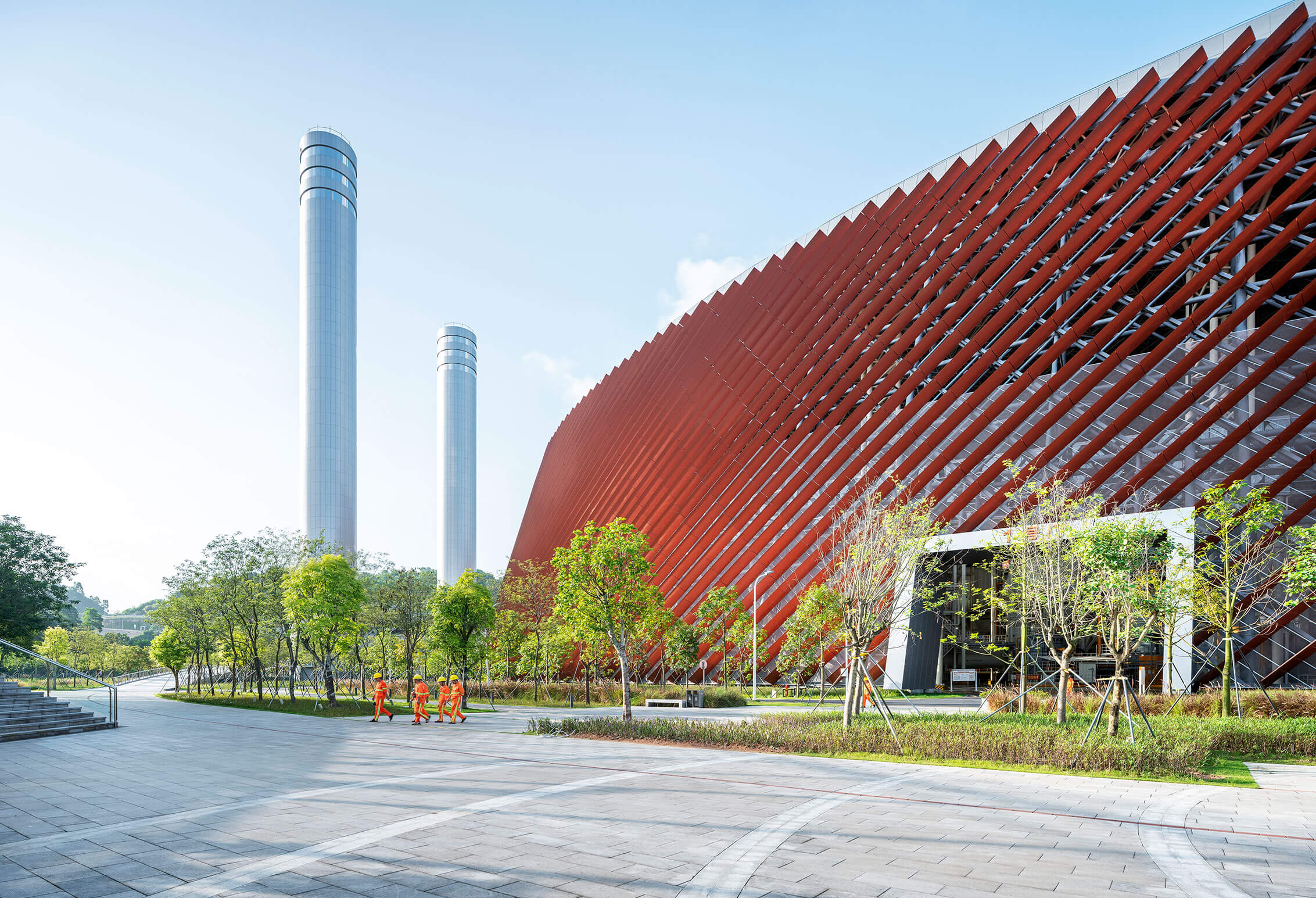
O que o torna legal
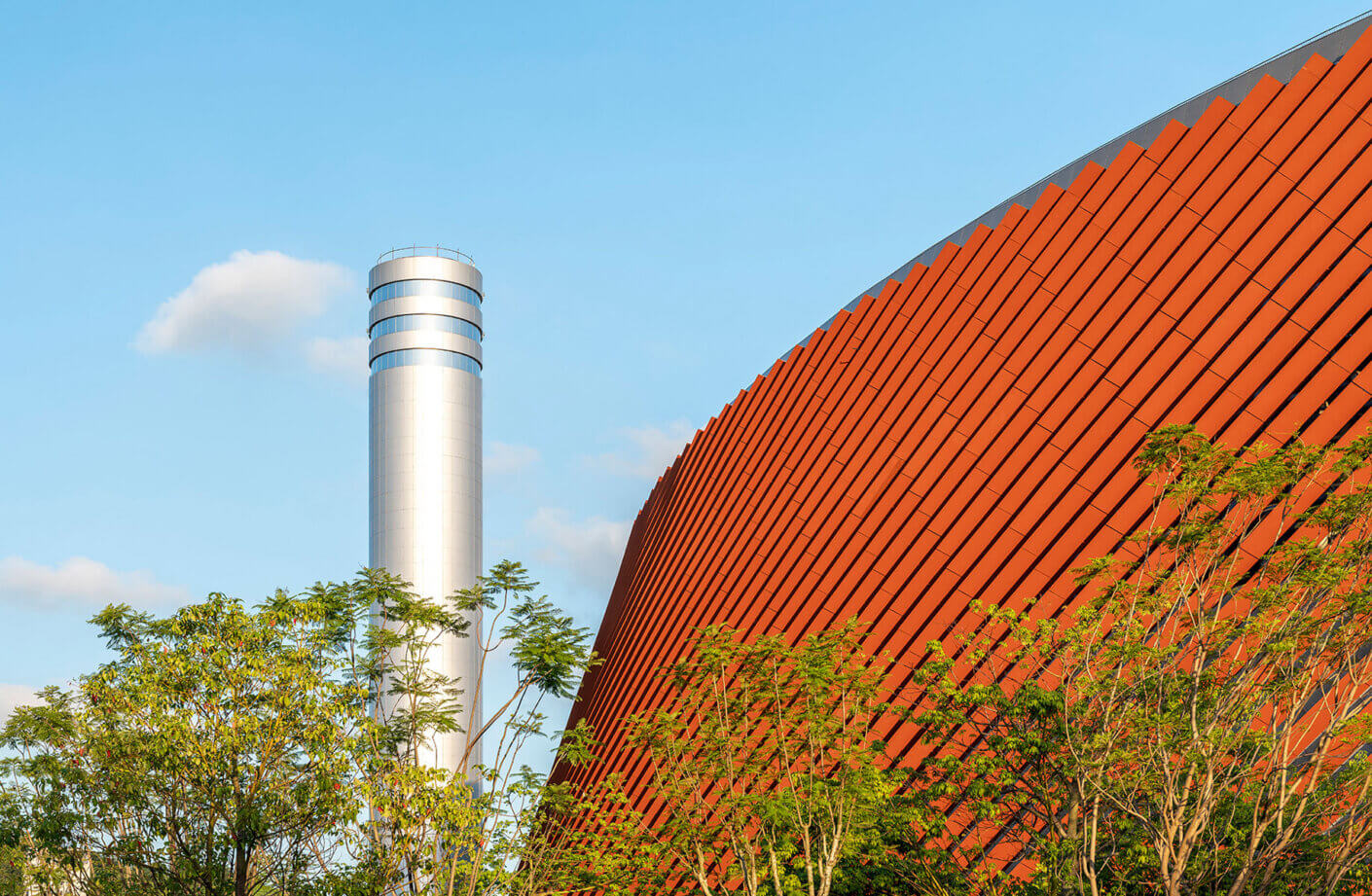
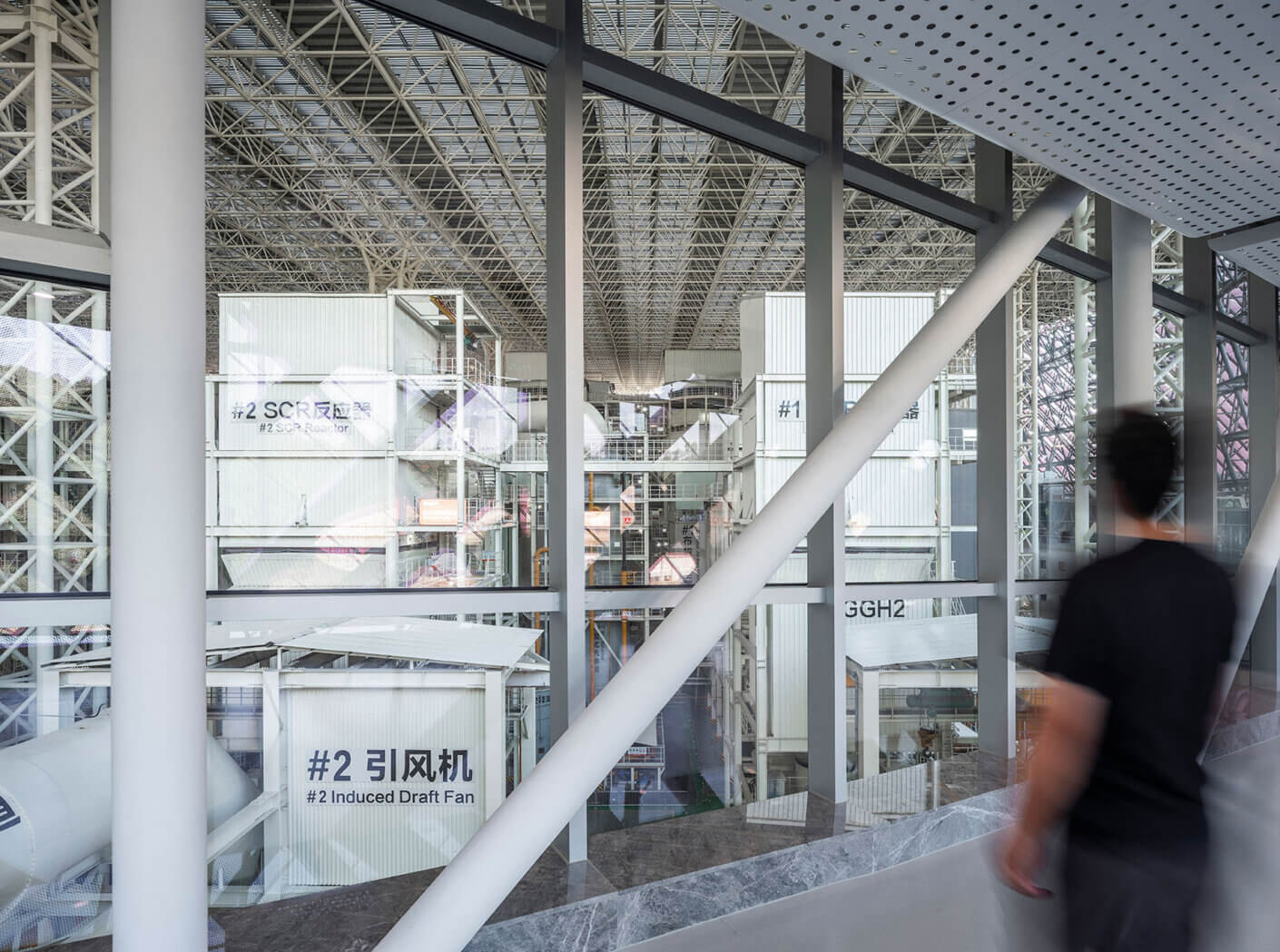
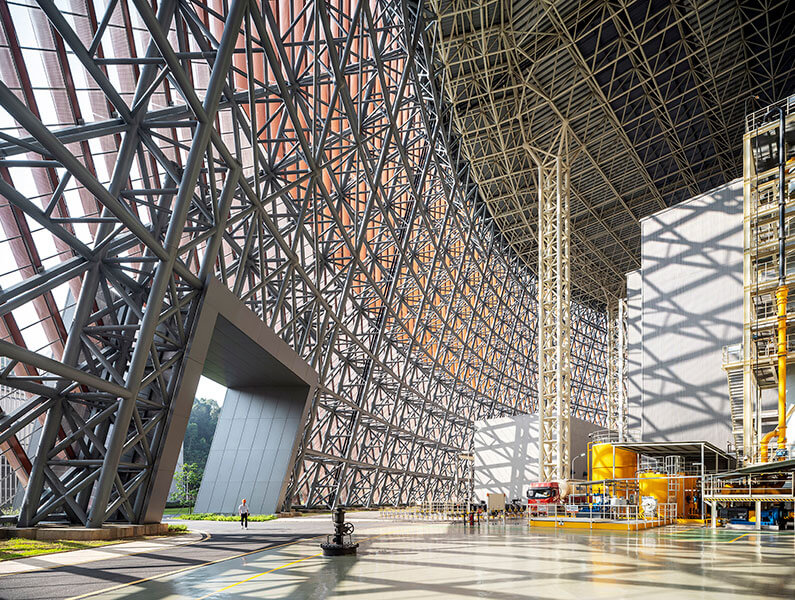
The tour culminates in a 150m long elevated glass-enclosed walkway, where visitors are provided with an in-depth look at the incineration process, from the waste bunker to the smoke treatment equipment.
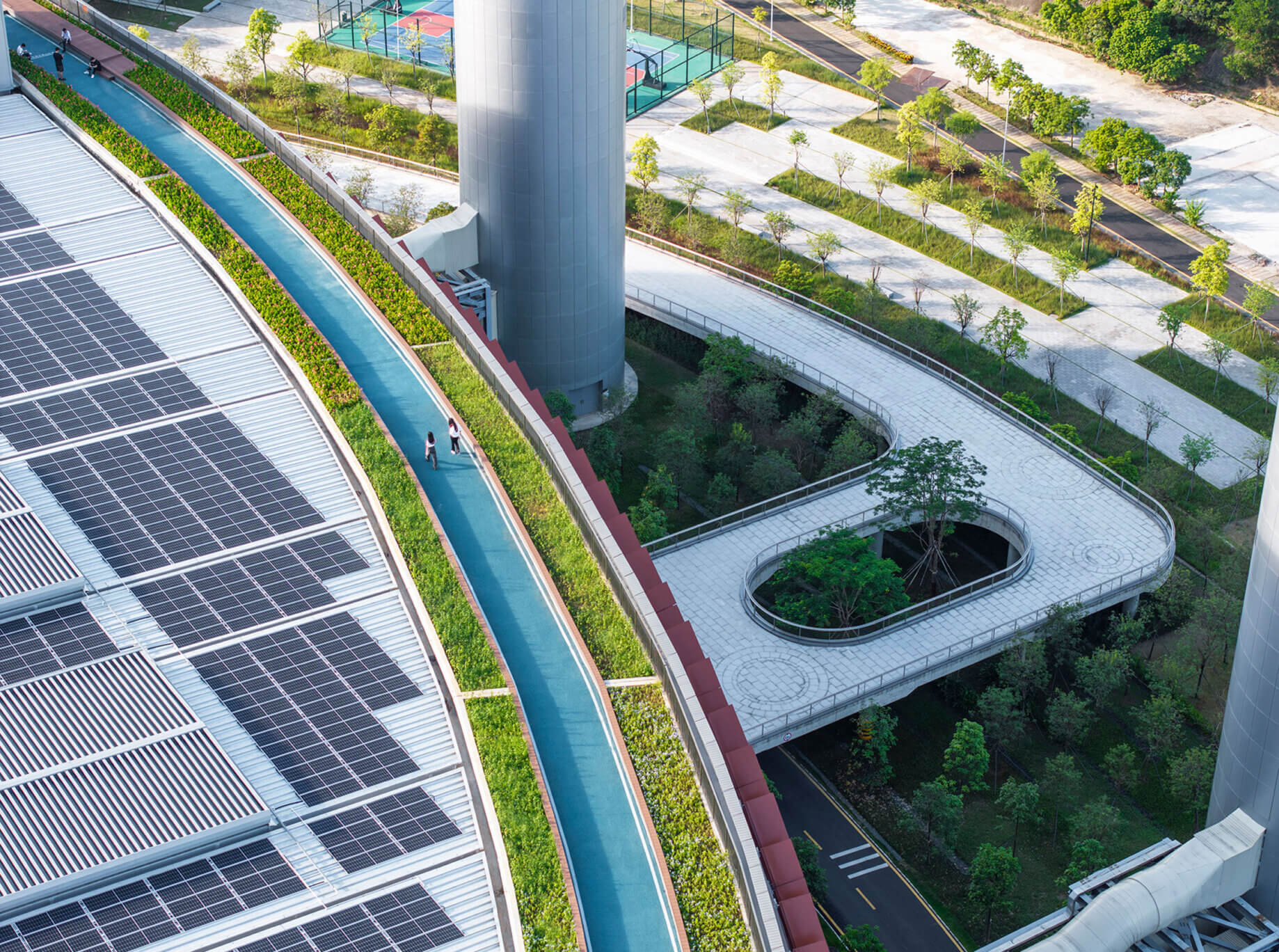
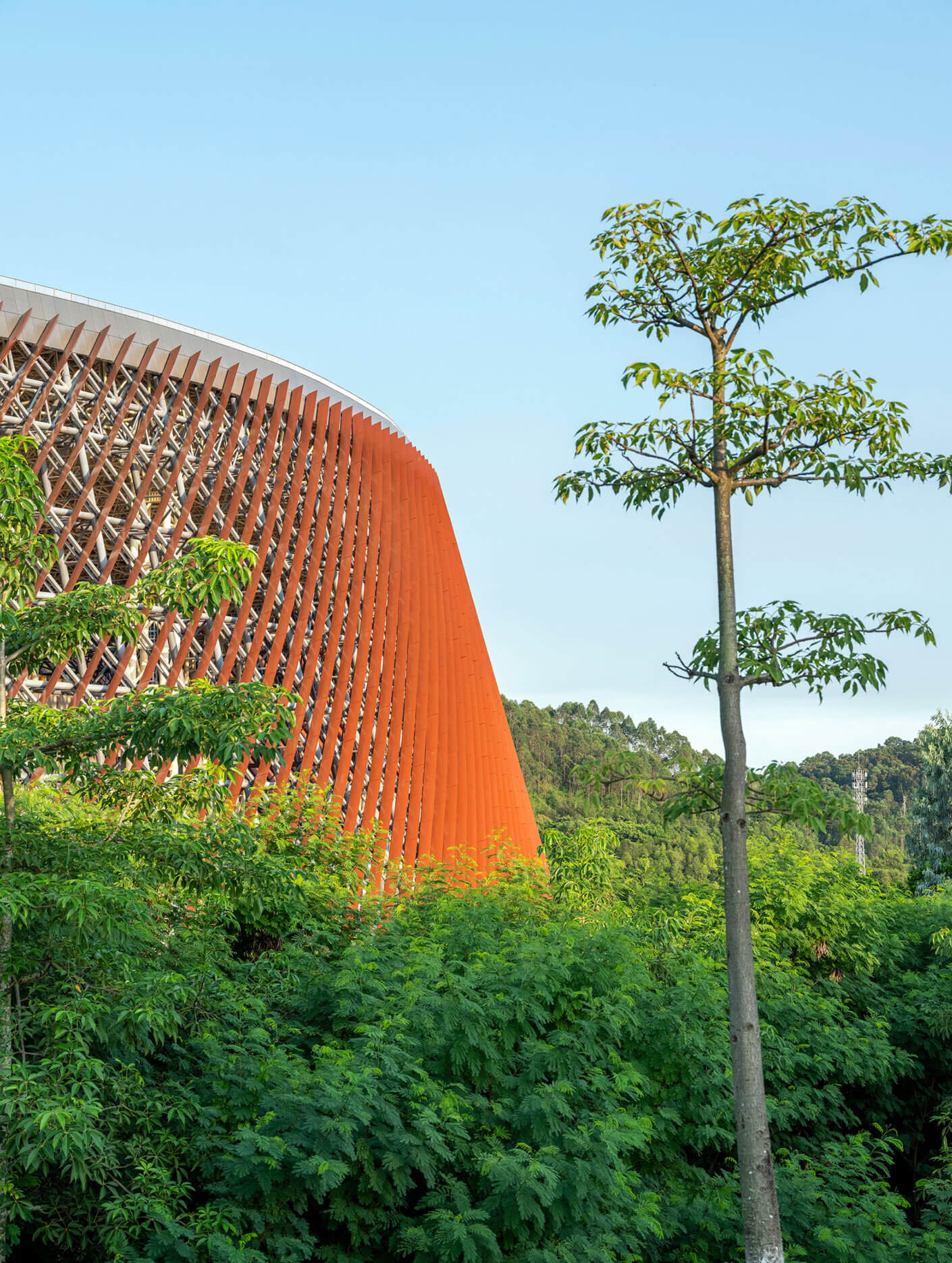
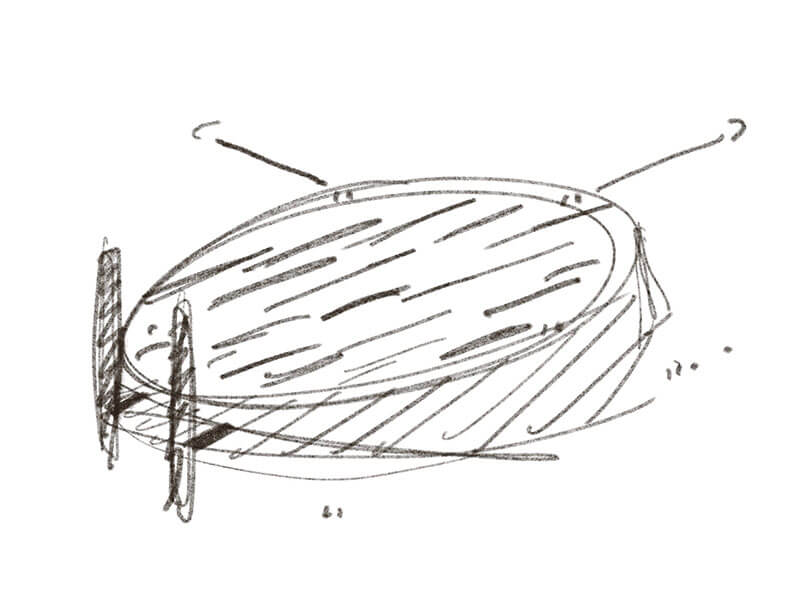
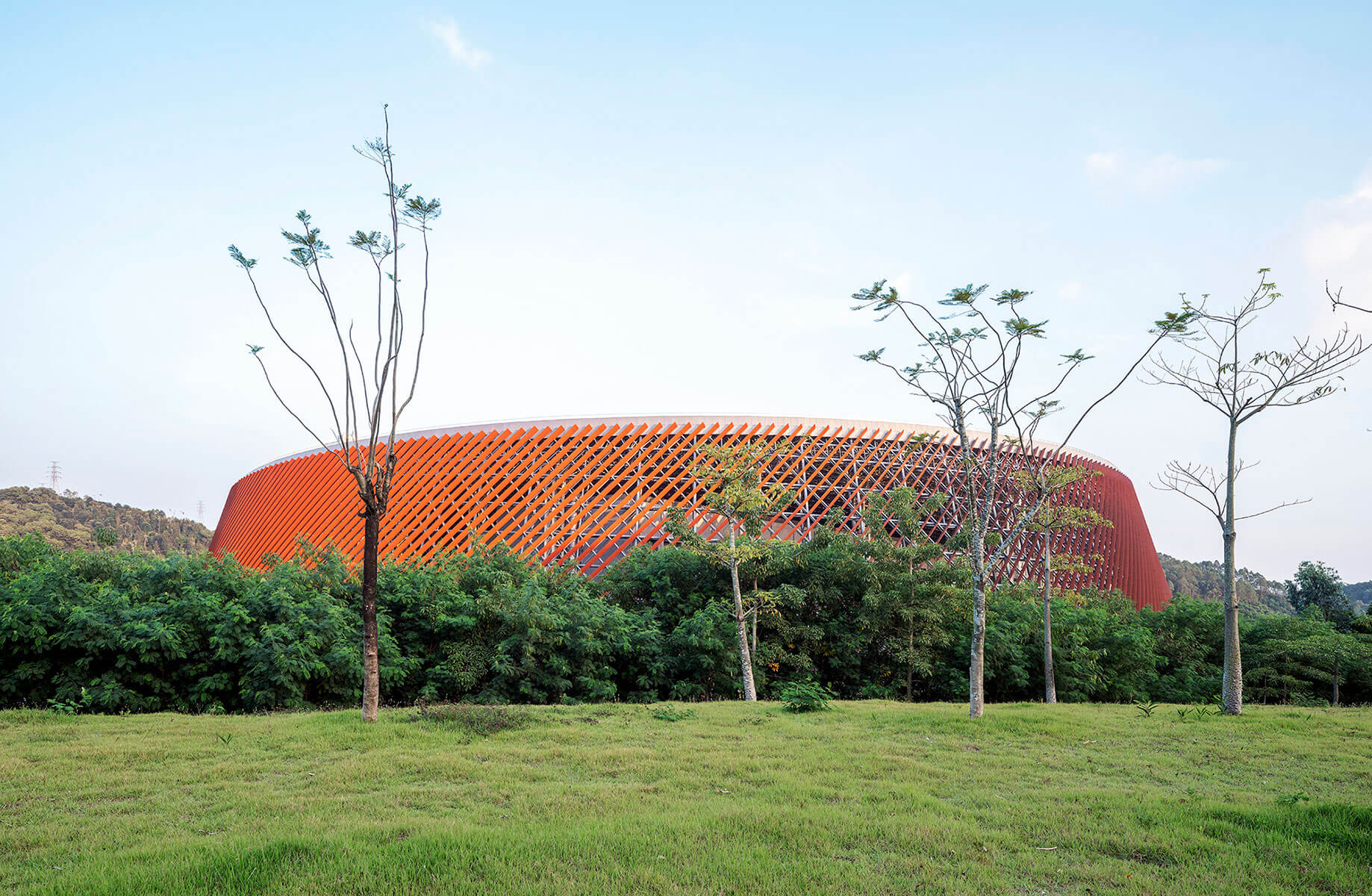
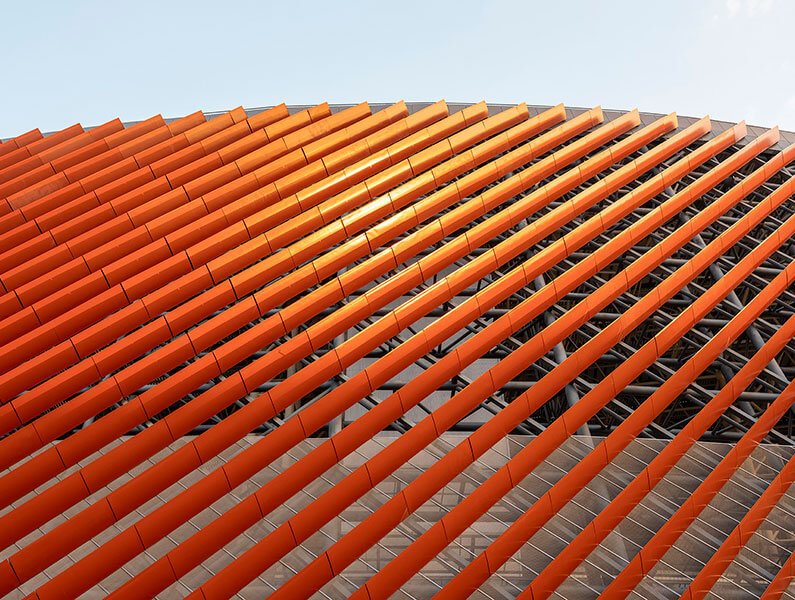
Steel lamellas treated with a special, burnt orange coating that is pollution resistant and self-cleaning, wrap the building, spiraling up the conical facade. Between the lamellas, expanded metal mesh controls access while allowing air to pass through the wall.
The assembly is formed from 8215 triangular-shaped unitized lamellas, wrapped 360 degrees, with integral gutters that allow the facade to drain. A steel louver system on the roof also provides natural ventilation, smoke exhaust, and daylighting while protecting the interior from the weather.
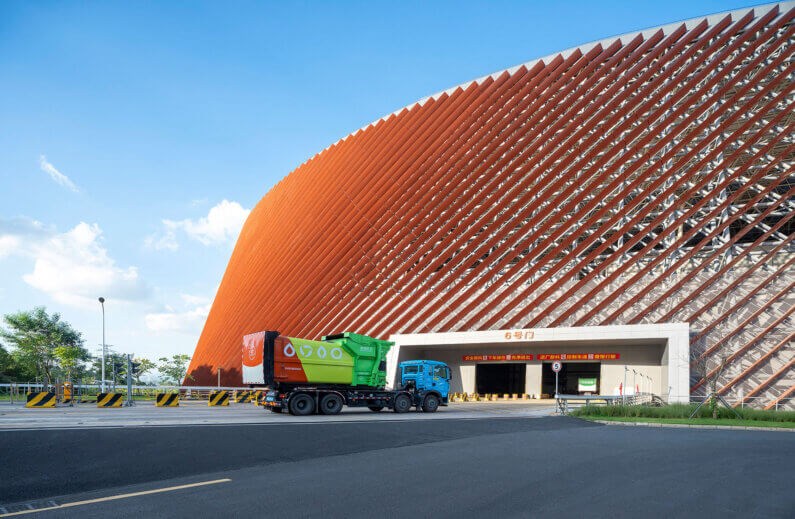
Central to the plant's design is its innovative permeable envelope, which provides natural ventilation, smoke exhaust, and daylighting.
